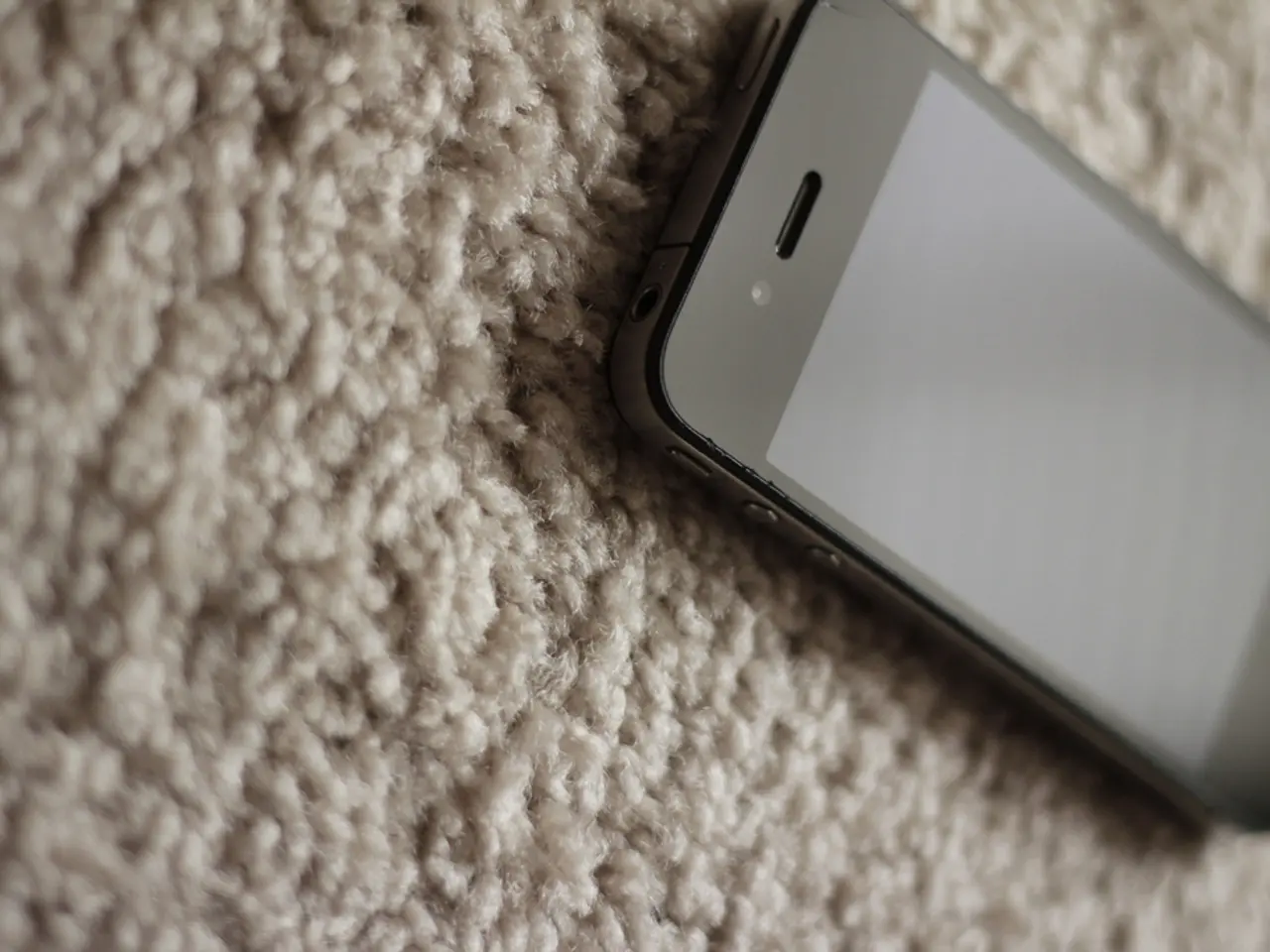Cellular phone usage over three decades has failed to establish a definitive connection with cancer development!
In recent years, there has been growing concern over the potential link between long-term cell phone (smartphone) use and an increased risk of brain cancer. A series of studies, including those conducted by Chapman and his colleagues in 2011 and 2015, have suggested such a connection. However, the findings are not consistent across all research, and the risk is better revealed when usage time is measured precisely.
A recent meta-analysis published in the journal Environmental Health (2025) provides some of the most compelling evidence to date. This study found a statistically significant increased risk of brain tumors among people who used cell phones for over 10 years, particularly those with cumulative call times over 896 hours and who held the phone against one side of the head, showing greater cancer risk on that side.
This meta-analysis contrasts with some earlier reviews, including certain WHO-funded studies. However, its strength lies in improved exposure assessment, suggesting that more precise measurement of cell phone use clarifies the association.
However, it's important to note that human epidemiological studies have not shown consistent increases in cancers closely linked to typical phone use. For instance, a recent Australian study analysed data from 1982 to 2013 and found no direct link between smartphone use and cancer cases. The study, published in the journal Cancer Epidemiology, found a slight increase in cancer rates in men but not in women.
The National Toxicology Program (NTP) studies on rats and mice exposed to radiofrequency radiation (RFR) akin to 2G and 3G phones found cancer links in animals. However, the connection between these findings and human epidemiological studies remains unclear. There remains scientific uncertainty about the exact causality and whether some people might be more susceptible.
Changes in device usage patterns (e.g., more use of wireless headphones, less holding phones to the head) may affect exposure and complicate research outcomes.
General recommendations to minimize potential risk include using speakerphone or headphones to keep the phone away from the head and reducing call duration, especially when signal strength is low (which increases radiation emission).
Chapman and his colleagues are cautious about their findings but advocate for open discussions about the potential effects of smartphones on health. They suggest including all cancer cases recorded due to legal requirements in future studies to gain a more comprehensive understanding of the relationship between smartphone use and cancer.
In summary, while no definitive causal link between long-term smartphone use and cancer has been conclusively established, there is emerging evidence of increased brain cancer risk with heavy, long-duration use. Ongoing research, especially with modern technology exposure patterns, is needed to clarify this relationship and the possible effects on different cancer types.
- The meta-analysis published in the journal Environmental Health (2025) suggests a correlation between long-term smartphone use and an increased risk of brain tumors, particularly among individuals who have used their phones for over 10 years, have cumulative call times exceeding 896 hours, and hold the phone against one side of the head, exhibiting a higher cancer risk on that side.
- Despite the growing concern over the potential link between smartphone usage and cancer, studies such as the one published in the journal Cancer Epidemiology (Australia, 2023) have found no direct connection between smartphone use and cancer cases.
- The National Toxicology Program (NTP) studies on rats and mice exposed to radiofrequency radiation (RFR) similar to 2G and 3G phones have revealed cancer links in animals, but the connection between these findings and human epidemiological studies remains uncertain.




